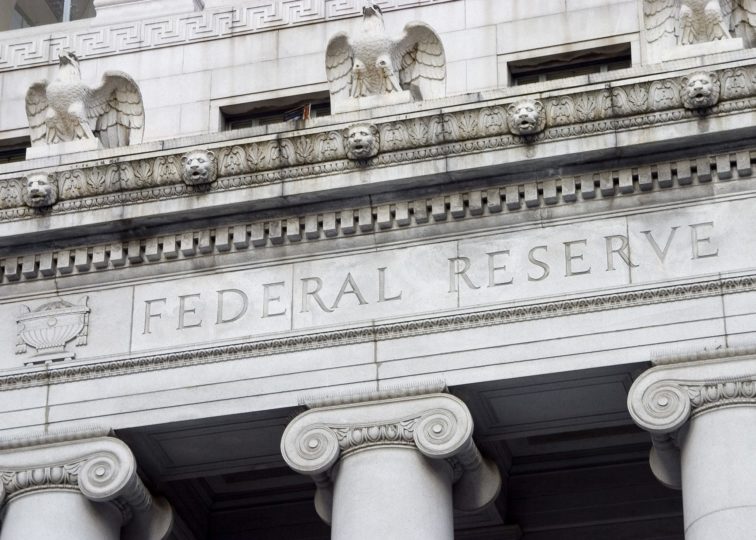
Blog
How Surging Inflation Pushes Real Interest Rates Even Lower
December 13, 2021
The highest inflation rate in decades means that consumers are paying higher prices, but, because the Federal Reserve has kept interest rates so low, it also makes borrowing cheaper, adding more fuel to an already red hot economy.
The Wall Street Journal provides an explanation of how high inflation is making the Fed’s monetary policy looser. The Fed manages borrowing costs by setting a short-term lending rate called the federal-funds rate. The Fed cut this rate to nearly zero in March 2020 when the pandemic began.
In economics, however, what matters is the “real,” or inflation-adjusted, rate. This is because inflation determines the future value of loan repayment. With inflation at the highest level in forty years, this means that real short-term rates are also at their lowest level in decades and deeply into negative territory.
Though the Fed only sets the short-term federal-funds rate, it influences other long-term rates for mortgages and business loans, which have edged up slightly during the year but remain near historic lows. If long-term rates fail to keep up with inflation, then real long-term rates also decline, incentivizing more debt-fueled spending.
The Journal cites a metric that Goldman Sachs uses to track borrowing costs for companies. This year it has declined at a rate that would equal the Fed cutting interest rates by a full percentage point.
The Fed is expected to announce an acceleration of their plans to tighten monetary policy at a meeting later this week, putting them on track to hike interest rates in the first half of next year.
